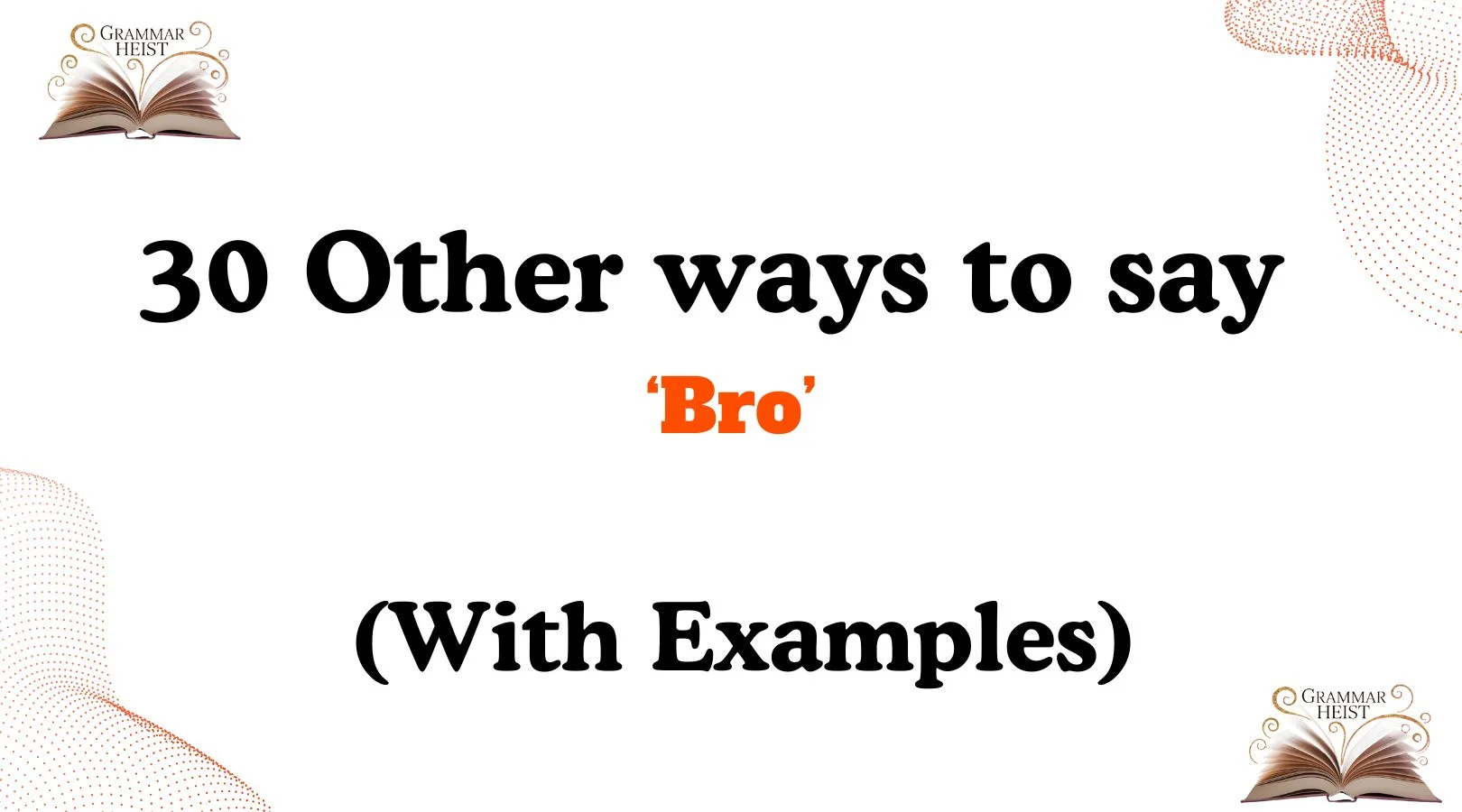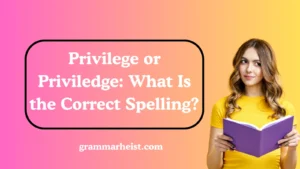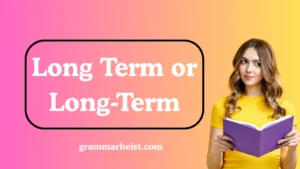Language is powerful, and the way we address people we care about can make all the difference in how our message is received. Using different ways to say “Bro” isn’t just about sounding cool or trendy — it’s about adding warmth, care, and personality to your conversations. Whether you’re talking to your best friend, your colleague, or someone you’ve just met, these alternatives can make your words feel more personal and meaningful.
Below, you’ll find 30 unique and friendly alternatives to say “Bro” that can work in casual, playful, or even heartfelt conversations.
What Does “Bro” Mean?
The word “Bro” is a casual and friendly way to address someone close — usually a friend, brother, or someone you share a bond with. It often conveys trust, comfort, and connection.
- It can be used in greetings: “Hey bro, what’s up?”
- In support: “I got you, bro.”
- Or in celebration: “That’s awesome, bro!”
It’s simple, warm, and personal — which is why it’s so widely loved.
Is It Professional or Polite to Say “Bro”?
While “Bro” is great in casual conversations, it may not always fit professional or formal settings. In workplaces, schools, or official communication, using “Bro” can sometimes sound too informal.
✅ Polite: With close friends, teammates, or peers ⚠️ Not always appropriate: In emails, professional meetings, or serious discussions
That’s why having alternatives gives you more flexibility and helps you express the right tone for each situation.
Pros or Cons of Saying “Bro”
Pros:
- Feels friendly and personal
- Builds connection and trust
- Easy and natural to use
Cons:
- Can be too casual in formal settings
- Might not work across all cultures or relationships
- Overusing it may sound repetitive or less genuine
Synonyms For “Bro”
- Buddy
- Pal
- Dude
- Brotha
- Homie
- Mate
- Champ
- Chief
- Brother
- Partner
- Boi
- Fam
- Legend
- King
- Brodie
- Bruv
- G
- Bestie
- My Guy
- Broseph
- Dawg
- Broheim
- Bro-man
- Amigo
- Homie G
- Beast
- Big Man
- Goat
- Soldier
- Rockstar
1. Buddy
Scenario: You want to greet someone warmly or cheer them up.
Examples:
- “Hey buddy, how’s your day going?”
- “Thanks for having my back, buddy.”
- “See you later, buddy!”
Tone: Friendly, warm, and approachable.
Explanation: “Buddy” is perfect when you want to sound kind and close, like talking to a good friend.
2. Pal
Scenario: Light and easy conversation with a friend.
Examples:
- “Good to see you, pal.”
- “You’re the best, pal.”
- “Don’t worry, pal, I got this.”
Tone: Cheerful, supportive.
Explanation: “Pal” has a classic, laid-back vibe. It works well in casual talk.
3. Dude
Scenario: Joking around or casual talk.
Examples:
- “Dude, that was amazing!”
- “Come on, dude, let’s go.”
- “You’ve got to be kidding me, dude!”
Tone: Fun, energetic.
Explanation: “Dude” is one of the most popular alternatives — friendly, cool, and easy to use.
4. Brotha
Scenario: Expressing deep friendship or loyalty.
Examples:
- “I got you, brotha.”
- “Thanks, brotha, means a lot.”
- “We’ve been through a lot, brotha.”
Tone: Strong, warm, loyal.
Explanation: This word carries a sense of deep connection and brotherhood.
5. Homie
Scenario: With close friends who share a fun bond.
Examples:
- “What’s up, homie?”
- “You’re my homie for life.”
- “Chill, homie, I got this.”
Tone: Playful, close.
Explanation: “Homie” is casual and cool, showing friendship and loyalty.
6. Mate
Scenario: Greeting or talking to someone like a friend.
Examples:
- “Cheers, mate!”
- “Thanks for helping, mate.”
- “Good job, mate.”
Tone: Friendly, upbeat.
Explanation: Common in British or Australian English, this word gives a warm, casual tone.
7. Champ
Scenario: Encouraging or celebrating someone.
Examples:
- “Nice work, champ!”
- “You got this, champ.”
- “Proud of you, champ.”
Tone: Positive, encouraging.
Explanation: “Champ” shows admiration and support, perfect for uplifting others.
8. Chief
Scenario: Light-hearted address among peers.
Examples:
- “Hey chief, what’s up?”
- “Thanks, chief.”
- “You’re the man, chief!”
Tone: Casual, playful.
Explanation: Adds a fun, confident twist to your words.
9. Brother
Scenario: Deep connection or serious talk.
Examples:
- “I’ll always be here, brother.”
- “Thank you, brother.”
- “We’re in this together, brother.”
Tone: Warm, meaningful.
Explanation: A more formal and emotional alternative to “Bro.”
10. Partner
Scenario: Teamwork or friendly conversation.
Examples:
- “Hey partner, let’s do this.”
- “Thanks, partner.”
- “Good job, partner.”
Tone: Friendly, cooperative.
Explanation: Shows mutual respect and a team-like bond.
11. Boi
Scenario: Playful, trendy chat.
Examples:
- “What’s up, boi?”
- “You crazy, boi.”
- “Let’s roll, boi.”
Tone: Youthful, fun.
Explanation: Casual and slangy, often used among close friends.
12. Fam
Scenario: With people who feel like family.
Examples:
- “Love you, fam.”
- “We stick together, fam.”
- “Good to see you, fam.”
Tone: Warm, close-knit.
Explanation: Shows a sense of belonging and loyalty.
13. Legend
Scenario: Complimenting or showing respect.
Examples:
- “You’re a legend!”
- “Thanks, legend.”
- “Absolute legend, mate.”
Tone: Admiring, positive.
Explanation: “Legend” adds respect and high praise to your message.
14. King
Scenario: Hyping up a friend.
Examples:
- “You did it, king.”
- “Proud of you, king.”
- “Keep shining, king.”
Tone: Empowering, supportive.
Explanation: Perfect for showing love, confidence, and support.
15. Brodie
Scenario: Fun, close friendship.
Examples:
- “Hey Brodie, what’s good?”
- “You’re my Brodie.”
- “Let’s go, Brodie!”
Tone: Casual, playful.
Explanation: A trendy alternative often used among younger crowds.
16. Bruv
Scenario: Chill and casual vibe.
Examples:
- “Oi, bruv!”
- “You’re my bruv.”
- “Cheers, bruv.”
Tone: British slang, friendly.
Explanation: Popular in UK culture, adds street-style energy to your talk.
Read More:30 Other Ways to Say ‘Well Noted’ (With Examples)
17. G
Scenario: Short, powerful greeting.
Examples:
- “Yo G, what’s good?”
- “You got this, G.”
- “My G!”
Tone: Confident, cool.
Explanation: “G” is a slang for respect and closeness, often used among friends.
18. Bestie
Scenario: When talking to your best friend.
Examples:
- “Hey bestie!”
- “You’re my bestie forever.”
- “Let’s go, bestie.”
Tone: Warm, fun.
Explanation: Especially popular online, “bestie” is perfect for close bonds.
19. My Guy
Scenario: Showing love or greeting someone warmly.
Examples:
- “My guy! How are you?”
- “Thanks, my guy.”
- “You’re the real one, my guy.”
Tone: Energetic, friendly.
Explanation: Adds a modern, upbeat tone.
20. Broseph
Scenario: Funny, light-hearted.
Examples:
- “Nice one, Broseph!”
- “You’re hilarious, Broseph.”
- “Good job, Broseph.”
Tone: Playful.
Explanation: A humorous twist on “Bro.”
21. Dawg
Scenario: Fun and chill setting.
Examples:
- “Sup dawg?”
- “Thanks, dawg.”
- “Let’s roll, dawg.”
Tone: Cool, laid-back.
Explanation: Popular slang in friendly groups.
22. Broheim
Scenario: Joking with a close friend.
Examples:
- “Broheim, you’re too much.”
- “That’s my Broheim!”
- “Appreciate it, Broheim.”
Tone: Goofy, casual.
Explanation: A fun, unique twist on “bro.”
23. Bro-man
Scenario: Friendly or playful.
Examples:
- “Hey Bro-man!”
- “Thanks, Bro-man.”
- “Let’s get it, Bro-man.”
Tone: Light-hearted, cool.
Explanation: Keeps the vibe fun.
24. Amigo
Scenario: Warm, friendly greeting.
Examples:
- “Hola, amigo!”
- “Thanks, amigo.”
- “See you soon, amigo.”
Tone: Warm, cultural.
Explanation: Spanish for “friend,” adds a personal touch.
25. Homie G
Scenario: Playful, confident banter.
Examples:
- “Homie G, what’s up?”
- “Thanks, Homie G.”
- “We got this, Homie G.”
Tone: Playful, chill.
Explanation: Combines humor and closeness.
26. Beast
Scenario: Complimenting someone’s skills.
Examples:
- “You’re a beast!”
- “Beast mode, my friend.”
- “That was beast.”
Tone: High-energy, admiring.
Explanation: Perfect when someone impresses you.
27. Big Man
Scenario: Showing respect in a fun way.
Examples:
- “Hey big man!”
- “You’re the big man!”
- “Appreciate it, big man.”
Tone: Respectful, playful.
Explanation: Adds admiration with humor.
28. Goat
Scenario: Praising achievements.
Examples:
- “You’re the GOAT!”
- “GOAT behavior.”
- “Love that, GOAT.”
Tone: Fun, admiring.
Explanation: Short for “Greatest Of All Time.”
29. Soldier
Scenario: Showing loyalty or support.
Examples:
- “Respect, soldier.”
- “You’re a real one, soldier.”
- “We fight together, soldier.”
Tone: Loyal, strong.
Explanation: Highlights respect and unity.
30. Rockstar
Scenario: Celebrating someone’s win.
Examples:
- “You’re a rockstar!”
- “Nice move, rockstar.”
- “Go get it, rockstar.”
Tone: Uplifting, cool.
Explanation: Great for showing admiration and good vibes.
📝 Conclusion
The way we speak shapes the way people feel. Saying “Bro” is simple, but switching it up with different words like “Buddy,” “King,” “Fam,” or “Legend” can make your message more personal and expressive.
Whether you want to sound warm, playful, cool, or deeply loyal, there’s a perfect alternative for every vibe. Use these words thoughtfully to strengthen bonds, spread kindness, and make your conversations stand out.

Emma Brooke is a passionate advocate for effective communication and language mastery. As a dedicated professional in the field of grammar and writing, Emma brings a wealth of knowledge and expertise to those seeking to improve their linguistic skills. With a focus on clarity, precision, and style, Emma Brooke is committed to helping individuals refine their language use to communicate confidently and effectively.












